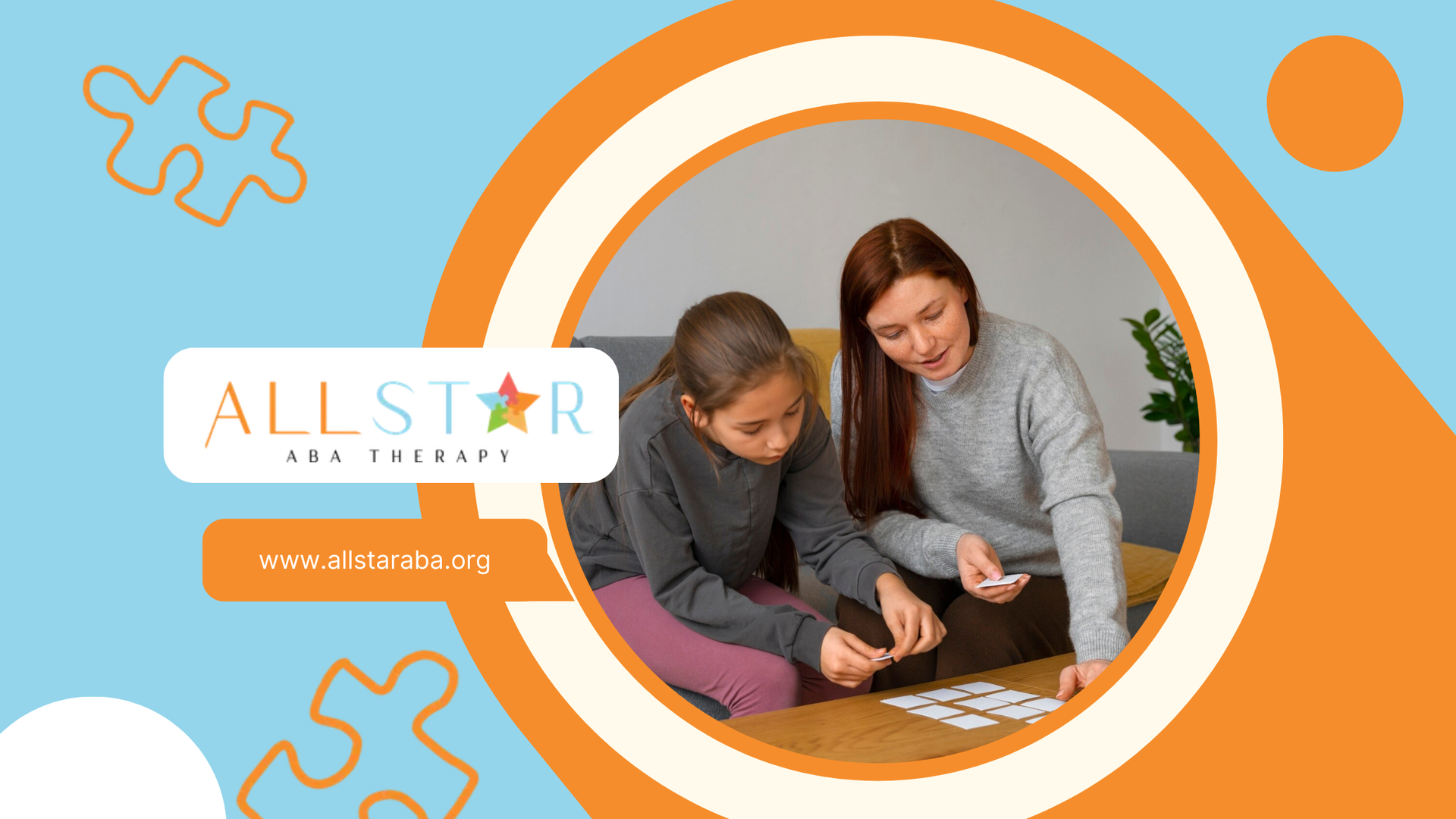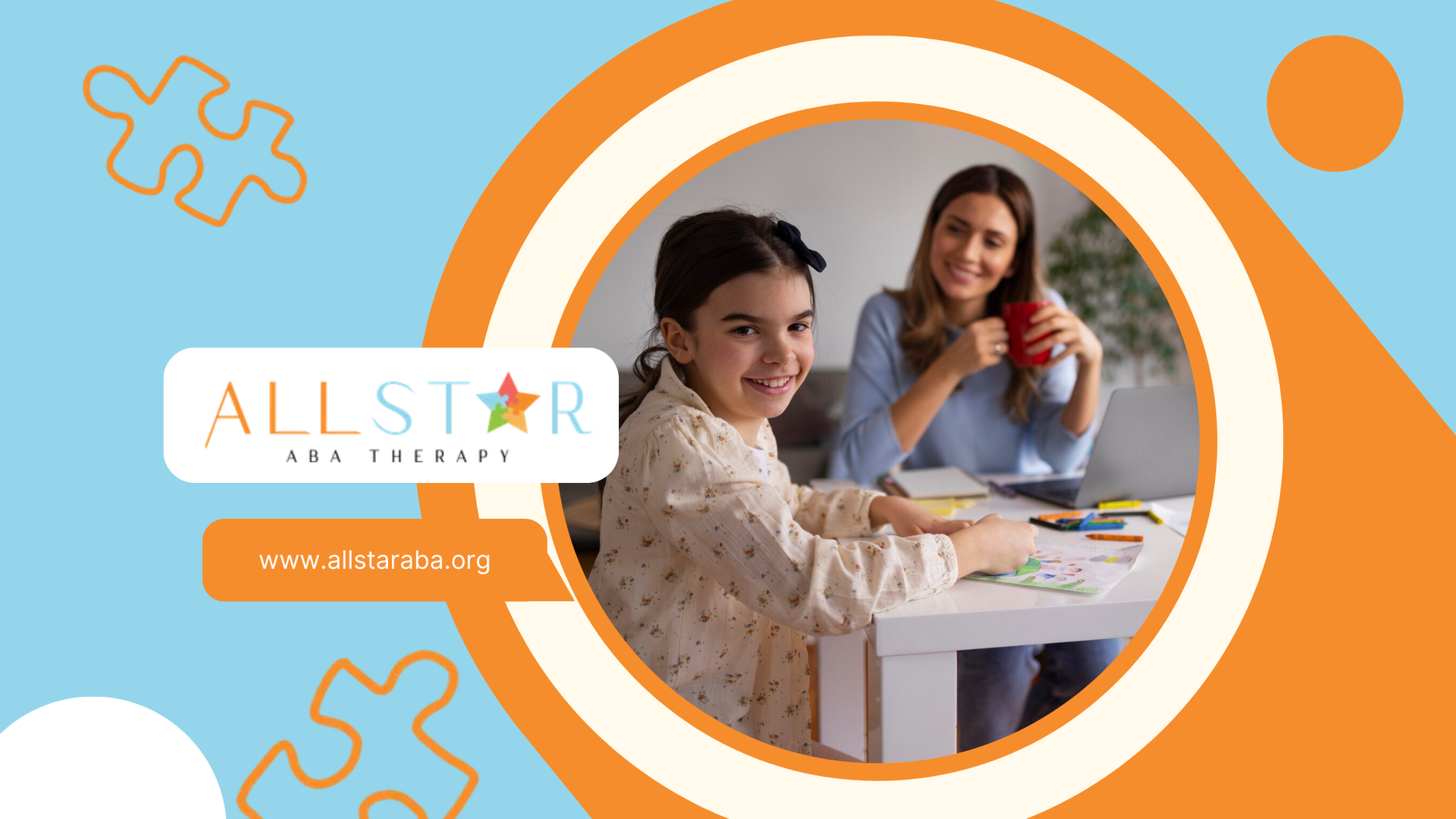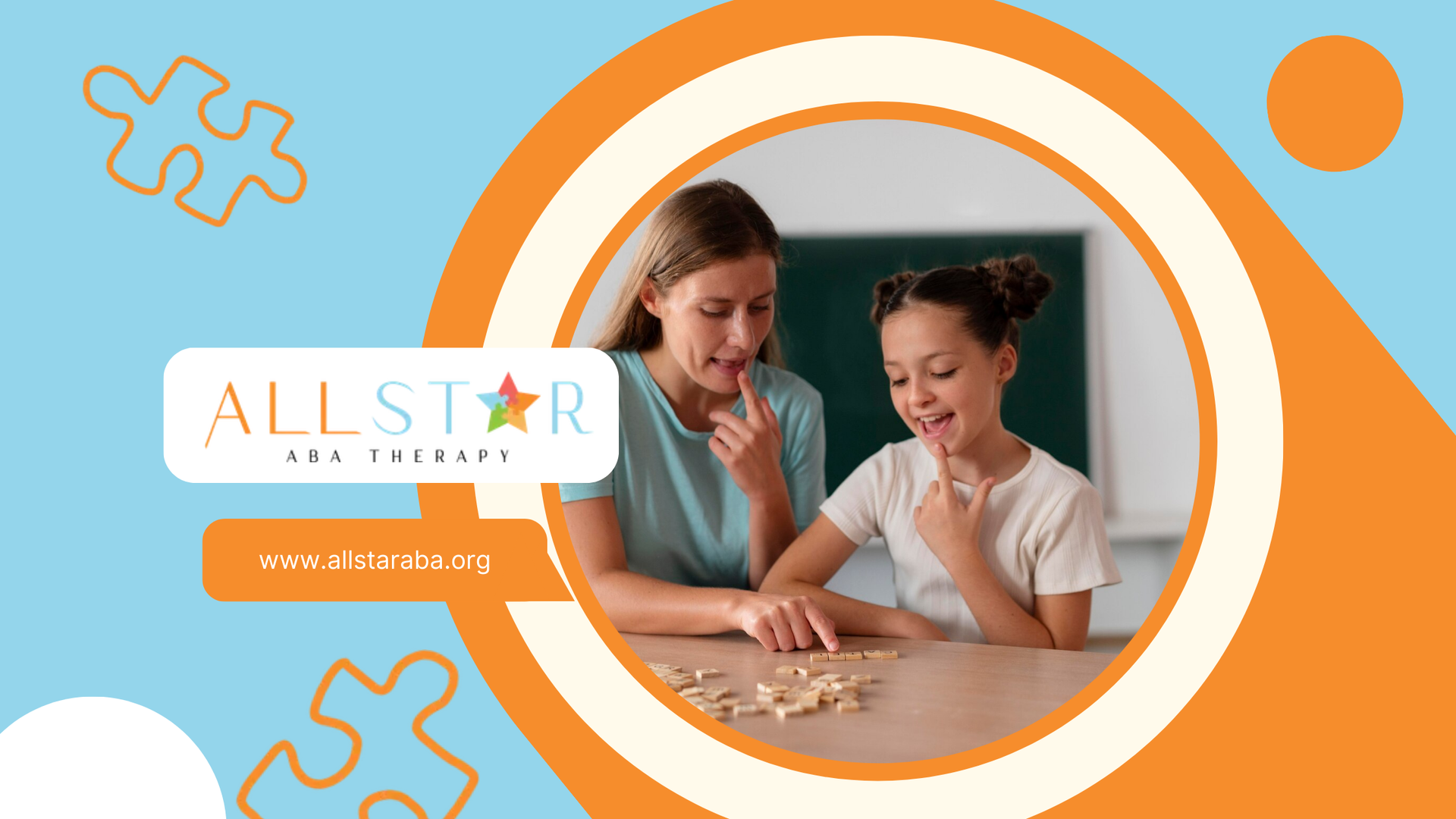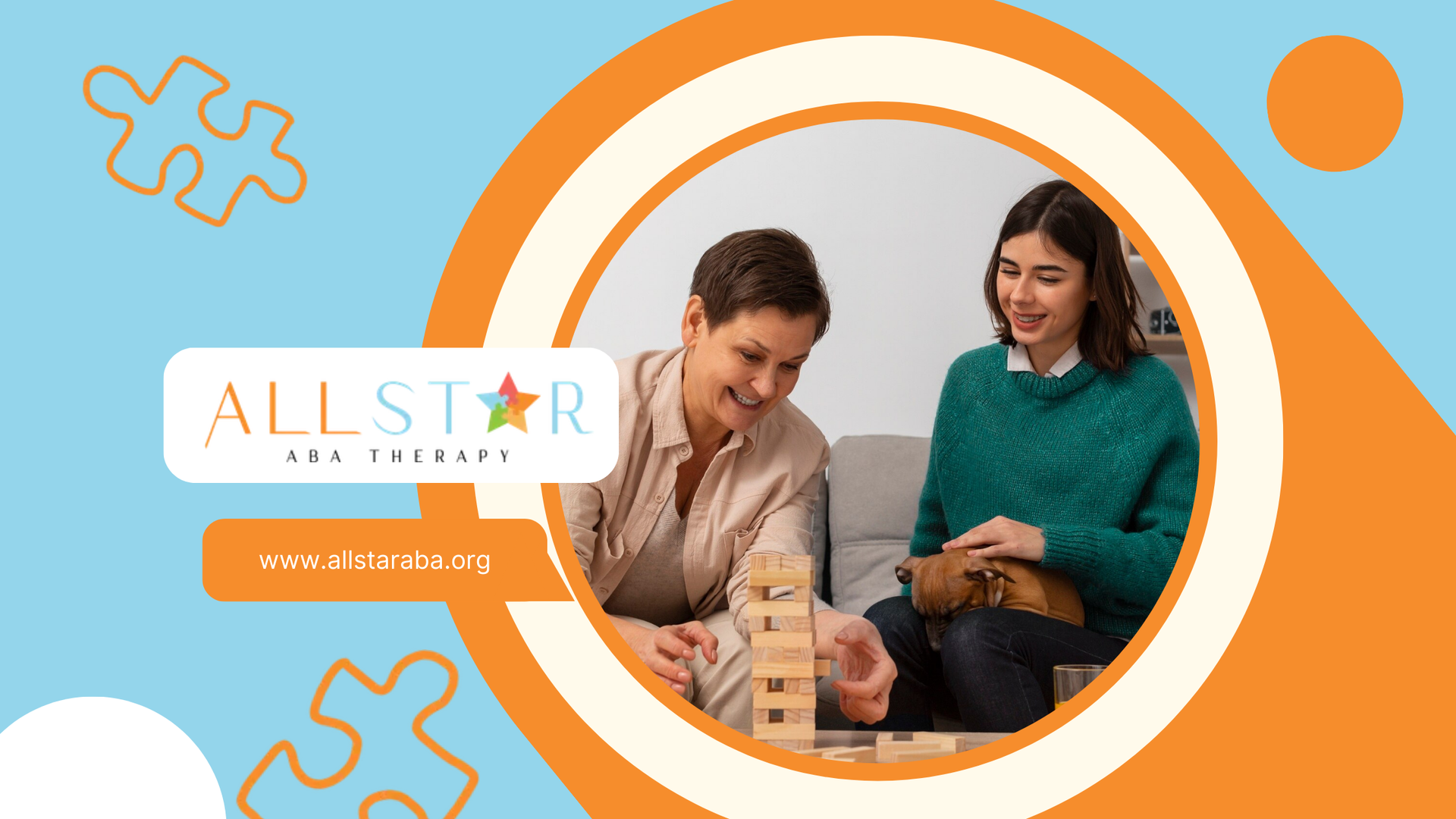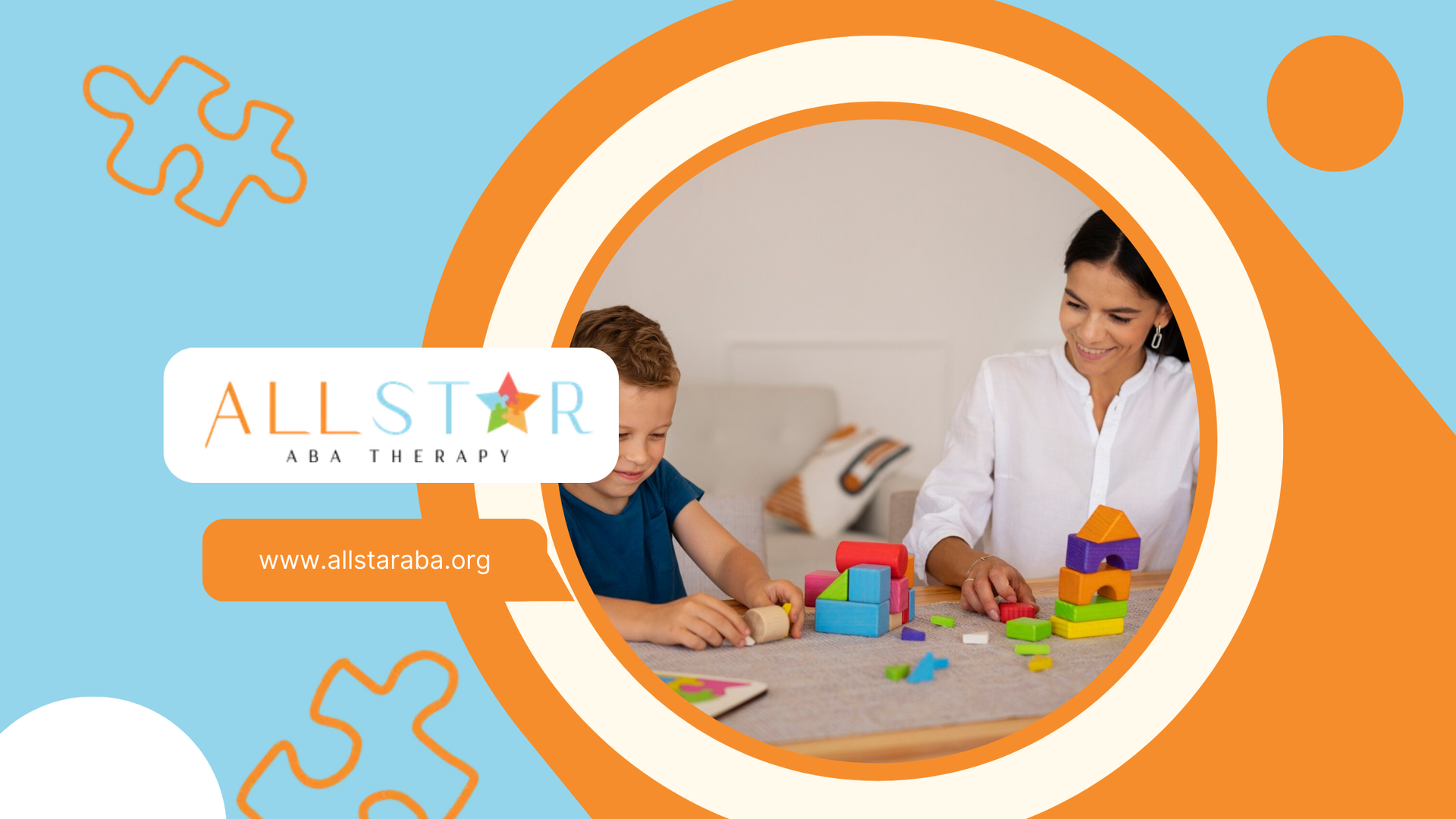New Paragraph
How to Make ABA Therapy Fun: Planning Engaging Sessions for Children
Planning fun and engaging ABA therapy sessions for children is essential for maximizing the effectiveness of therapy. Children learn best when they are actively involved and having fun. That’s why incorporating play-based learning, positive reinforcement, and tailoring activities to each child’s interests and preferences are crucial in creating an environment that fosters both enjoyment and development.
In this article, we’ll explore how to plan ABA sessions that keep children motivated, engaged, and excited to learn. Whether you're a therapist or a parent, understanding how to make ABA therapy sessions fun can significantly enhance the learning experience and ensure meaningful progress.
Understanding the Basics of ABA Therapy
Applied behavior analysis (ABA) is a therapy rooted in the science of behavior analysis. It investigates how behavior works and how it is impacted by environmental factors. Based on these principles, ABA therapists develop individualized plans to help children learn new skills and decrease challenging behaviors.
The Goals and Benefits of ABA for Children
The primary objective of ABA therapy is to assist children in acquiring new skills and increasing positive behaviors that contribute to their overall well-being and independence. By breaking down complex skills into smaller, more manageable steps, ABA therapists equip children with the tools they need to succeed.
Through positive reinforcement techniques, such as praise, rewards, and enjoyable activities, therapists motivate and encourage children to learn and grow. These strategies make the learning process more engaging and rewarding for children.
As children progress in ABA therapy, they develop crucial skills that extend beyond the therapy room, enabling them to navigate everyday life with greater confidence and independence.
How ABA Techniques Support Learning and Development
One of the remarkable aspects of ABA therapy is its versatility. Therapists can implement ABA therapy activities in various settings, including the natural environment. By incorporating a child's interests and preferences, therapists create learning opportunities that feel like play, promoting active participation and enhancing learning outcomes.
For instance, a therapist might use a child's favorite toys to teach turn-taking or utilize a trip to the park as an opportunity to practice social skills and communication. This approach not only makes learning more enjoyable but also facilitates the generalization of skills to real-life situations.
Moreover, ABA therapy empowers children to master complex skills by breaking them down into smaller, more digestible steps. This systematic approach ensures that children build a solid foundation for learning and experience a sense of accomplishment as they progress.
Essential Components for A Fun ABA Session
Creating a positive learning environment is paramount to successful ABA therapy sessions. When children feel comfortable, safe, and supported, they are more likely to engage in learning and make significant strides in their development.
ABA therapists play a crucial role in fostering a positive and encouraging atmosphere during therapy sessions, employing strategies such as clear communication, visual supports, and individualized reinforcement systems to support each child's unique needs and learning style.
Identifying Necessary Materials and Tools
Equipping yourself with the right materials and tools sets the stage for engaging and effective ABA sessions. Consider gathering a variety of items that cater to different learning styles and sensory preferences.
Some essential items to have on hand include:
- Visual aids: Picture cards, social stories, visual schedules
- Sensory items: Weighted blankets, fidget toys, textured objects
- Educational apps: Interactive games, learning platforms
- Reinforcers: Small toys, stickers, edible treats (with parent permission)
- Data collection tools: Data sheets, timers, notepads
By having a well-stocked toolkit, you can adapt activities on the fly and maintain children's interest and motivation throughout the session.
Creating a Stimulating and Positive Learning Environment
Designing a space conducive to learning involves both physical and emotional considerations. Choose a location that is free from distractions and provides ample space for movement and exploration. If possible, incorporate elements of the natural environment, such as plants, natural light, or soft textures to create a calming and inviting atmosphere.
Throughout the session, emphasize positive reinforcement by recognizing and celebrating even the smallest of successes. A simple "You did it!" or a high-five can go a long way in boosting a child's confidence and motivation.
Remember that ABA therapy activities should feel like play! By infusing fun and creativity into each session, you can nurture children's love of learning and make progress feel like an exciting adventure.
Step-by-Step Guide to Planning an Engaging ABA Session
Planning an effective ABA session involves a thoughtful approach that considers the child’s individual needs, therapy goals, and learning style. By breaking down the planning process into manageable steps, we can ensure that each ABA session is both productive and enjoyable. One important aspect of planning is task analysis, which involves breaking down complex skills into smaller, more manageable steps.
Remember that a successful ABA session should feel like a collaborative effort between the therapist and the child. By incorporating the child's interests and preferences, we can keep them motivated, engaged, and excited to learn.
Step 1: Assessing the Child’s Interests and Strengths
Before diving into planning specific activities, take the time to understand the child's unique interests, strengths, and areas where they might need additional support. Observe their play patterns, listen to their preferences, and ask parents or caregivers about their favorite activities and motivators.
By tailoring activities to the child's needs, we can transform potentially challenging tasks into engaging and enjoyable experiences that promote learning and skill development. Remember that every child learns and progresses at their own pace.
Be patient, celebrate their achievements, and focus on building a strong foundation for their continued growth, whether it is mastering a specific skill or working towards greater independence in daily living.
Step 2: Designing Activities Around the Child’s Preferences
Engaging children in ABA sessions involves designing activities that cater to their preferences. By incorporating the child’s likes into the sessions, you can increase motivation and participation. It's essential to observe what activities spark their interest and build upon those during therapy.
Whether it's using sensory items, educational apps, or incorporating everyday activities they enjoy, tailoring sessions to their preferences can make learning more enjoyable and effective. Designing activities around the child’s preferences enhances engagement and reinforces positive behaviors, fostering a more productive ABA session.
Step 3: Incorporating Interactive and Sensory Play
Play is an incredibly powerful tool for learning, especially for young children. Incorporating interactive and sensory play into ABA sessions can have a variety of benefits. Not only does it create a fun and engaging atmosphere, but it also helps children develop essential skills, such as fine motor coordination, problem-solving, and social interaction.
Consider incorporating sensory items, such as play dough, water tables, or musical instruments, into your sessions. These items provide opportunities for children to explore different textures, sounds, and colors, which can be calming and regulating for children with sensory sensitivities.
Moreover, by incorporating real-life scenarios into play, such as pretending to go grocery shopping or having a tea party, children can practice newly acquired skills in a safe and supportive environment. This type of play-based learning helps children generalize their skills to different settings and situations.
Step 4: Structuring Sessions for Maximum Engagement and Learning
While it's essential to create a fun and engaging environment, it's equally crucial to provide structure and predictability within the session. Using visual schedules can help children understand the flow of the session and know what to expect next, reducing anxiety and increasing cooperation.
Break down tasks into smaller steps, providing clear instructions and modeling desired behaviors. This step-by-step approach not only makes learning more manageable but also allows for more frequent opportunities for positive reinforcement. Remember to collect data throughout the session to track progress and make adjustments as needed.
Data collection is an essential component of ABA therapy, as it provides valuable insights into the child's learning patterns and helps therapists make data-driven decisions about the effectiveness of different ABA strategies.
Tailoring ABA Sessions to Meet Individual Needs
It's important to remember that there is no one-size-fits-all approach to ABA therapy. Every child is unique, and their therapy sessions should reflect their individual needs, interests, and developmental stage. The way you structure a session for a toddler will look very different from a session designed for an older child. Be mindful of the child’s age and adjust your language, activities, and expectations accordingly.
Collaborate closely with family members to gain valuable insights into the child's strengths, challenges, and areas where they need support. Parents and caregivers can provide essential information about the child’s preferences, routines, and any specific challenges they face in different situations.
Adapting Strategies for Different Ages and Skill Levels
ABA therapy is not limited to a specific age group; rather, it can be adapted to meet the unique needs of individuals across the lifespan. When working with younger children, sessions may revolve around play-based activities that focus on foundational skills like communication, social interaction, and imitation.
As children grow older, ABA programs can address more complex skills, such as academic readiness, self-care, and social problem-solving. Teenagers and young adults may benefit from ABA programs that focus on vocational skills, independent living, and community integration.
Furthermore, it's important to adjust strategies based on the individual's skill level and the presence of any challenging behaviors. Some individuals may require more intensive support and individualized interventions, while others may thrive in group settings or with more independent practice.
Involving Family Members to Reinforce Learning Outside of Sessions
Family members play an indispensable role in supporting a child's progress in ABA therapy. By collaborating with therapists and actively participating in the process, families can create a consistent and supportive learning environment that extends beyond the therapy room.
Encourage family members to incorporate ABA principles and strategies into their daily routines. This might involve using visual schedules at home, providing positive reinforcement for desired behaviors, or practicing communication skills during family activities.
Remember that consistency is key! When children receive consistent support and reinforcement for positive behaviors across different settings, they are more likely to make significant and lasting progress.
Conclusion
In conclusion, planning engaging ABA sessions for children involves understanding their interests, creating a positive environment, and structuring activities around their preferences. Tailoring sessions to meet individual needs, involving sensory play, and engaging family members can enhance the learning experience.
By incorporating these strategies, you can make ABA therapy not only beneficial but also fun for children of all ages and skill levels. Remember, the key to a successful ABA session lies in personalization, creativity, and a supportive learning environment.
If you’re looking for high-quality ABA therapy services, All Star ABA is here to support you. Offering personalized ABA therapy services in Maryland, All Star ABA tailors sessions to each child’s unique needs, ensuring they receive the personalized care necessary for success.
Whether you're seeking therapy for your child or a loved one, our team is dedicated to providing engaging and effective ABA therapy in a fun and supportive environment. Get in touch with us!
Frequently Asked Questions
What are the Key Elements of a Successful ABA Session?
Successful ABA sessions rely on clear communication, visual schedules, effective ABA techniques such as task analysis, and a strong focus on positive reinforcement to motivate and encourage children as they learn and grow.
How Can I Make ABA Sessions More Engaging for Non-Verbal Children?
Utilize visual aids like picture cards and social stories to enhance communication and understanding during an ABA session. Employ creative ABA therapy strategies and positive engagement techniques to create a fun and rewarding learning experience for non-verbal children.
What is the Success Rate of ABA Therapy?
ABA therapy, grounded in the principles of behavior analysis, has shown promising results. While individual outcomes differ based on factors like a child’s progress and therapy goals, effective ABA therapy can lead to significant improvements in behavior, communication, and social skills.
Need Support?
We're Here to Help!
Our experienced team is ready to assist you. Reach out today to discuss how we can support your child's development and well-being.
Get started with expert ABA therapy today.



